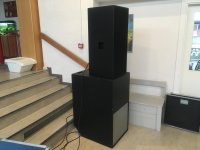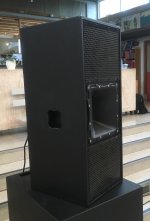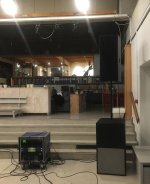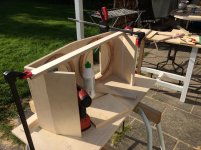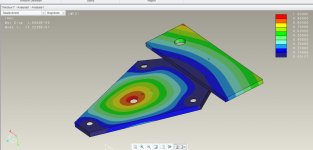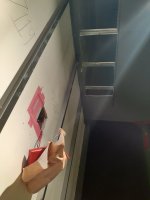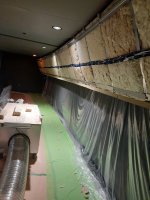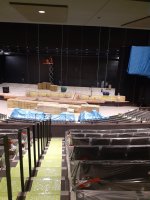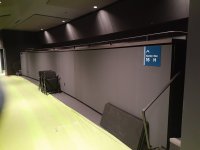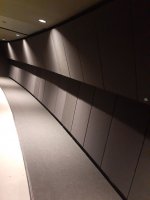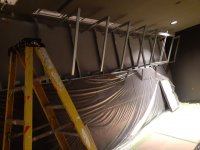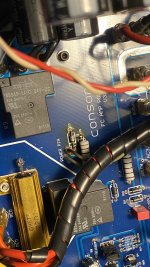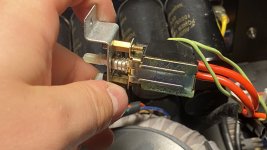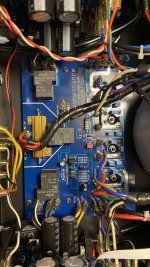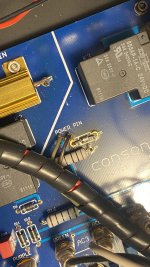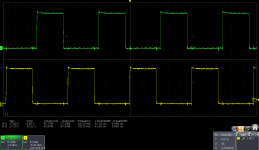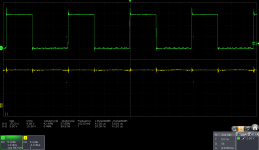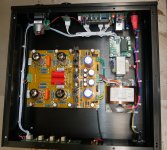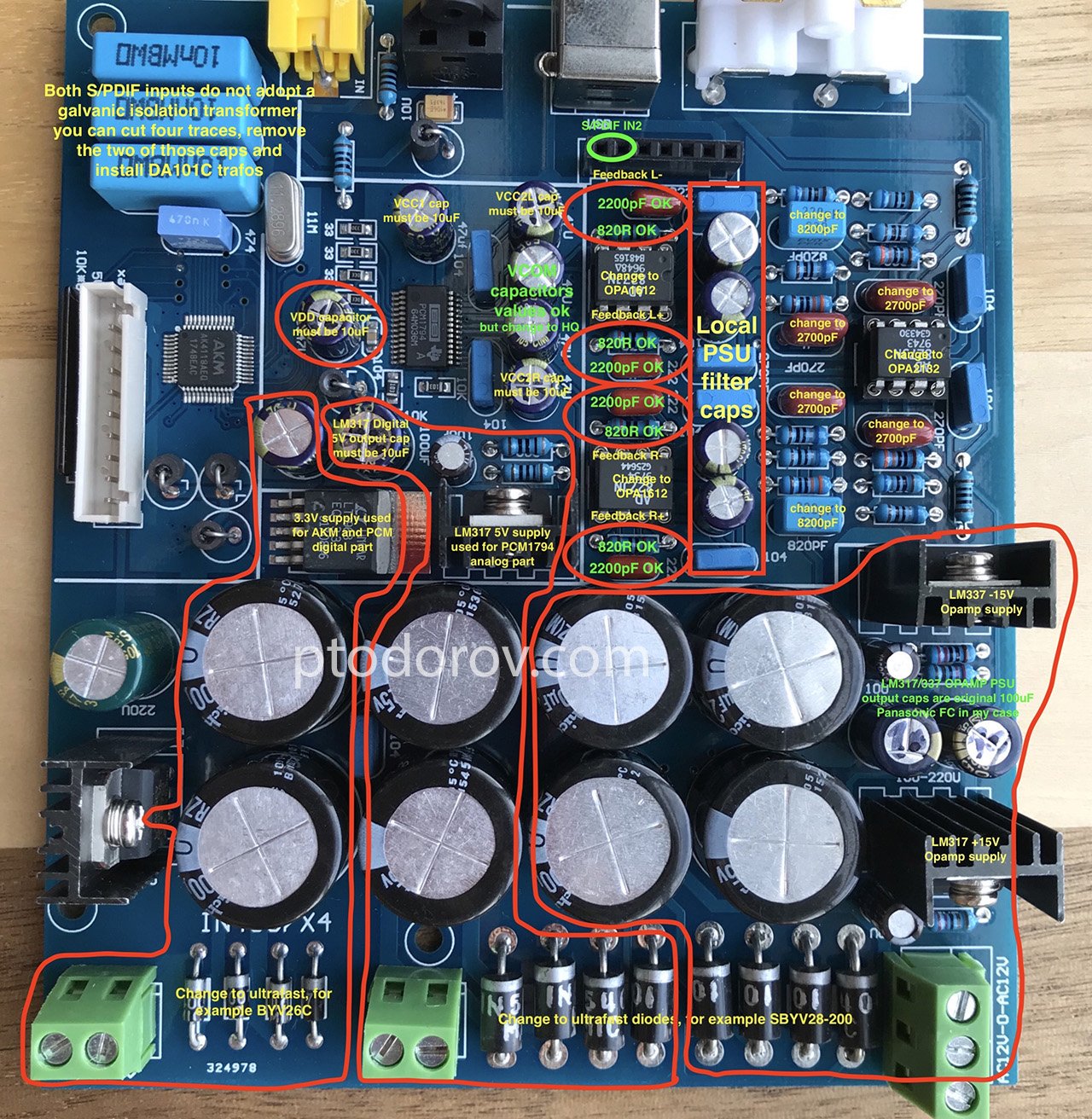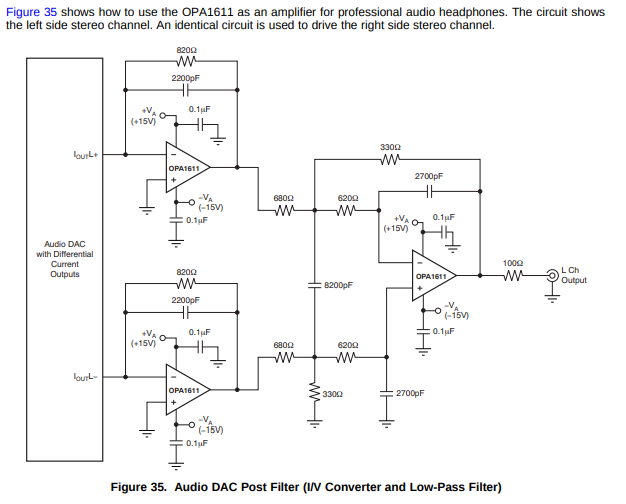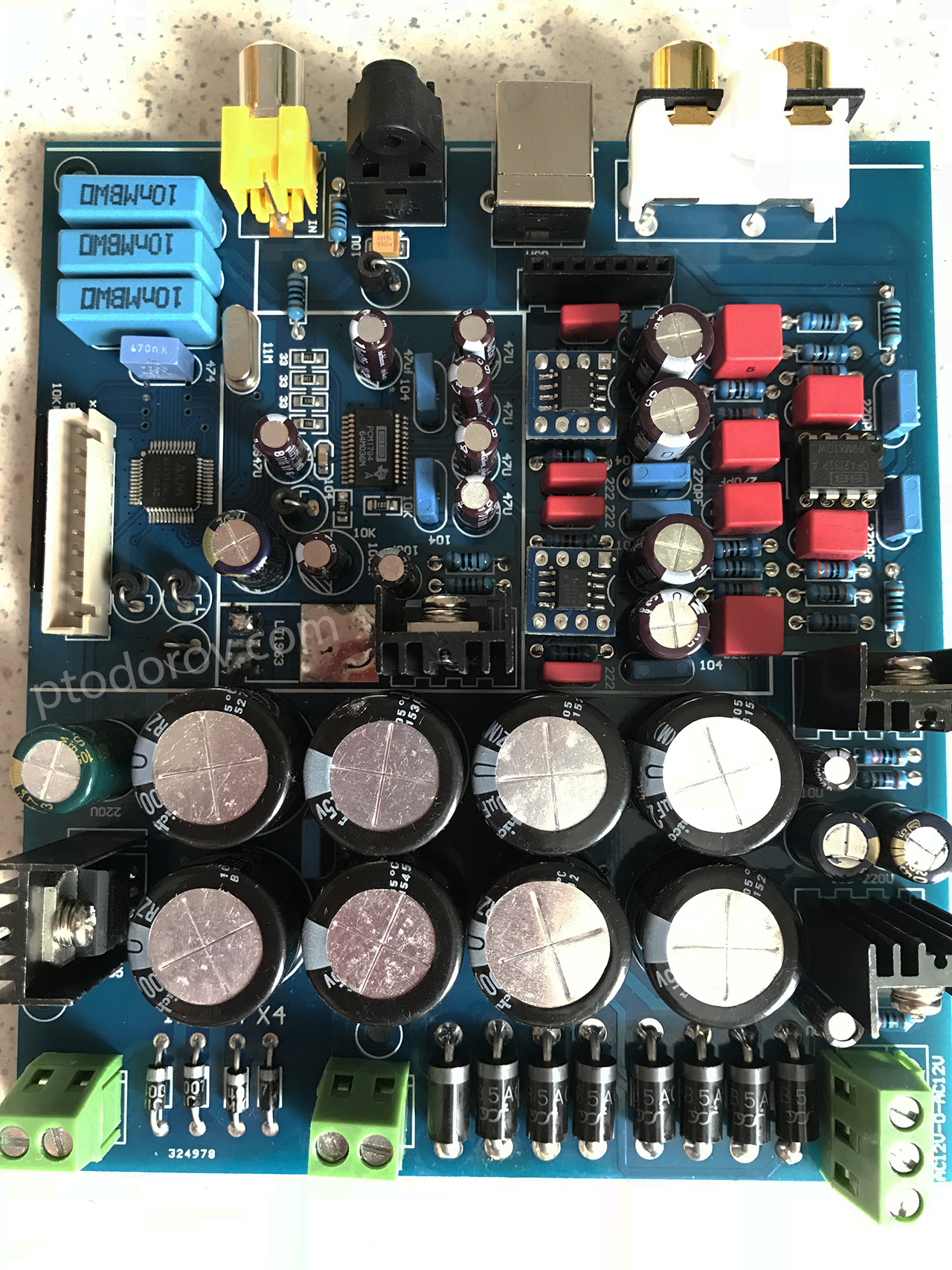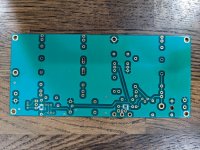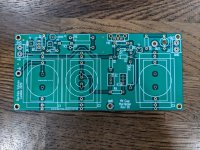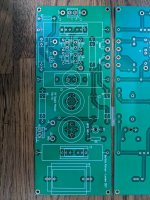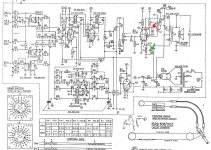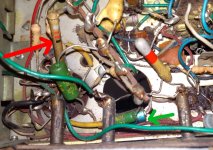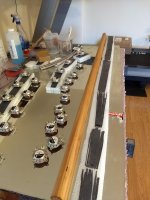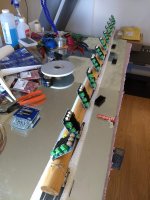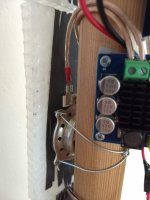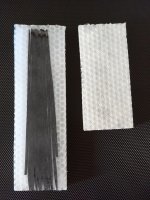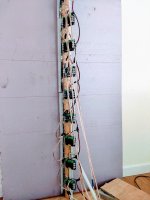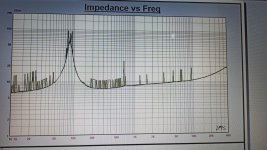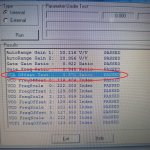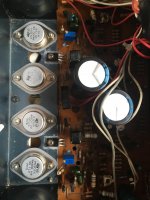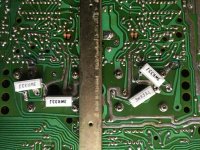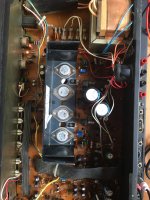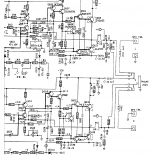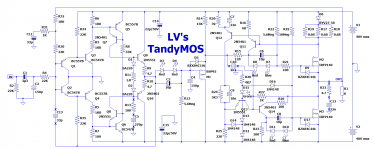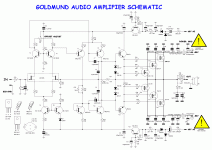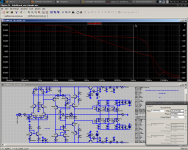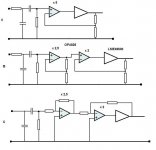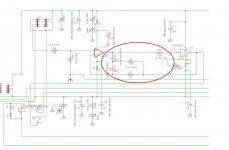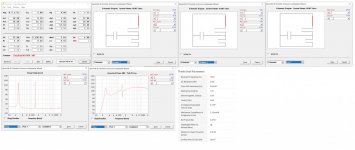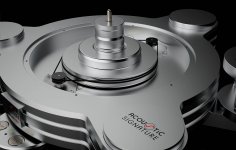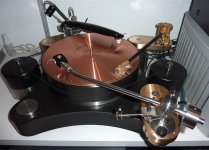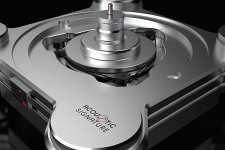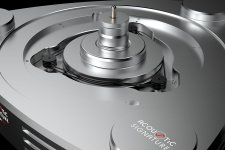It has no diff-pair input, no DC-servo (yet its DC offset is negligible), no complementary output, no adjustments (yet its quiescent current is stable and deterministic), it uses ordinary vertical enhancement NMOS having a normal threshold voltage, yet it is free from the output swing limitations normally associated with such devices. The topology is half non-switching, half class AB and inverting.
In short: an oddity.
It is based on the Tandem topology, which has been evoked here:
https://www.diyaudio.com/community/...here-is-the-legacy-thread.387391/post-7059293
I have already described a Tandem-based amplifier:
https://www.diyaudio.com/community/threads/tandem-based-amplifiers.388400/post-7074596 but it was essentially a showcase and a test-bed for the concept: the VAS was simply an operational amplifier, thus limiting the power to 10~20W, since HV opamps like the LM143 have mostly disappeared.
It could certainly be used though, and for domestic applications the power is ample enough.
However, DIYaudio members prefer something more substantial, and here it is: the front-end is now completely discrete, meaning the rail voltages can be as high as necessary.
The tandem topology has been adapted to MOS (mostly by Minek), and a clever trick overcomes the limitation caused by the threshold voltages.
The Vth-erasers are simply voltage-memory circuits inserted in series with the gate, to reduce or cancel the threshold voltage, changing the MOS into a zero-threshold type. The circuits themselves are extremely simple: a capacitor paralleled with a shunt-regulating device (LEDs in this case), and fed by a large value resistor.
In principle, the concept could be used in any other amplifier (and I have done it in the Circlomos), but with "normal" amplifiers there is a difficulty: the voltage needs to be very stable and accurate because it will influence the quiescent current.
By contrast, the Tandem stage has its quiescent current tightly controlled by a feedback loop, and the only effect of a non-optimal voltage is a tiny reduction of the output swing: not a big deal.
Unfortunately, MOS transistors do not shine in the tandem topology: with the original semi's line-up, I couldn't bring the THD below 0.85%, even with the tweaks at their optimum. M1 was a IRFD9120 (which explains the 4-pin socket).
With a BSP92 or even a BJT (2N5401), this was reduced to 0.25%.
Better, but a far cry from the BJT tandem: 0.004%.
The inferiority of the MOS version is probably down to the numerous parameter mismatches: a BJT is characterized by the BE PN junction, which becomes a NP junction for the correction transistor, and there is relatively little wiggle room outside of the fundamental exponential V-to-I relationship.
With MOS transistors of different sizes and polarirty, things become much more complicated. It is probably possible to improve the matters by hand-picking transistors having nicely scaled parameters, but I didn't go that far.
Anyway, in this case it does not matter very much, even with the worst-case 0.85%.
The front-end has a huge open-loop gain (almost half a million), and a relatively mediocre THD: between 1.5 and 2%. This THD will dominate, because there is no definite addition rule for THD: in theory, perfectly coherent distortions could add arithmetically, or anti-coherent distortions could even cancel one another (error-correction situation), but such situations only happen when they are deliberately planned for.
In normal cases, you are somewhere in-between. When lots of random processing blocks are cascaded, the end result will tend towards the root of the sum of squares, but in simpler cases, it could be anything but will generally be close to the largest value, in this case ~1.7%.
When the loop is closed, this value will be reduced by the loop-gain, which is substantial, and results in a final THD figure of ~3ppm, thus quite good, but not enough to qualify as a "super-amplifier".
About the front-end:
It could raise eyebrows: it is based on a raw, undegenerated diamond structure, which looks risky and brutal. Howevever, because of the GNFB, Q3/Q4 and Q7/Q8 are forced to have the same current, and the rest of inequalities only have a minor effect.
In practice, it works like a charm: I picked the transistors at random from the drawer, didn't attempt any matching of any sort, yet it worked perfectly.
The schematic has oddities that deserve explanations:
C4 and C5 compensate the negative capacitance generated by M1.
The feedback network is split in two sections: R31/R32 and R30/R4. With a single network, the feedback resistor would need to be quite large if the input impedance has a civilized value, like 10K.
With a large resistor, stray capacitances can have unpredictable effects, which are neatly avoided here.
D15 generates a voltage transmitted by D16 to the "memory" circuit, precharging it.
In cold start conditions, with a large signal applied, M3 is unable to conduct sufficiently to satisfy the FB loop and M1 becomes saturated, leading to an overcurrent in D7 and D8 and the protection diode D9..
M3 is not controlled directly by the signal: it is slave to the upper transistor, via Q12, Q13 and Q14, and if M2 is off, M1 can conduct as much as wants it cannot make M3 conduct if the Vth eraser is not ready.
The precharge voltage is unsufficient to make M3 conduct, but it can as soon as an additional stimulus is added
This is the circuit with a BJT instead of M1: the Vth eraser has been shorted:
This is the 10kHz trangle response, just under the clipping:
The same, clipping:
Squarewave response, also 10kHz:
The measurements were made on this circuit:
I also include a simulation file, but it is not up to date: simulation and reality diverge significantly with this type of circuit
